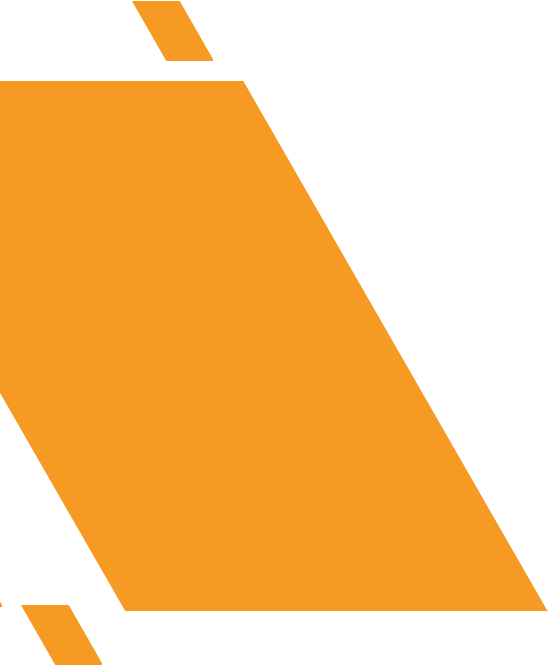
Navigating the complexities of reinsurance and wealth management can be overwhelming, especially when your primary focus as a dealer is ensuring that your F&I products align seamlessly with your financial objectives. The decisions you make regarding these products directly influence the strength and sustainability of your reinsurance program. Now might be the right time to reassess your current structure and determine if you’re truly maximizing your profitability and wealth-building potential.
The Strategic Advantage of Reinsurance
Reinsurance programs offer a unique opportunity to enhance wealth by allowing dealers to retain a significant portion of the profits generated from F&I products. However, while the benefits are clear, not all reinsurance platforms are created equal. The automotive industry has evolved, with increased regulations providing greater stability, but understanding the available options is critical to selecting the right fit for your dealership.
Tailored Solutions for Optimal Results
Each dealership has distinct needs. The key to success is selecting the right structure and products that not only appeal to your customers but also contribute to profitability. Wealth management in this space involves partnering with financial experts who are well-versed in reinsurance intricacies. These partners should align with your goals and help steer your program toward maximum returns—a factor that is often overlooked but crucial to long-term success.
For instance, Retrocession (“retro”) reinsurance is an option that transfers the risk to another reinsurer. While this platform offers profit participation without exposure to losses, it has limitations. Dealers benefit only if losses remain below 100%, and there’s no opportunity for investment income. Additionally, the administrator handles claims, limiting control. For smaller dealerships, a retro program can be a viable option, particularly for service contracts, provided they meet the minimum annual qualifications.
Alternatively, Dealer Reinsurance allows dealers to share in the underwriting profits from F&I products sold. This option demands diligence, particularly in understanding the varying administration fees associated with different service contracts. Ensuring you receive equitable service for the fees charged is crucial for maintaining profitability.
Enhancing Customer Loyalty and Retention
Relying on OEM factory contracts may seem like a safe option, but it offers little in terms of customer loyalty or service retention. These contracts often do little to drive repeat business, handing your clients back to the OEM and missing the chance to build long-term relationships. Incorporating customer retention and loyalty into your reinsurance strategy can set your dealership apart and strengthen your reputation.
Maximizing Reinsurance Success
It’s essential to recognize that not all products are suitable for inclusion in reinsurance programs. Certain high-end models may not fit, and direct deals might offer better outcomes. Understanding the various fees associated with reinsurance—admin fees, ceding fees, premium taxes, and repair order fees—is critical. Working with experienced F&I agents can provide valuable insights, including potential discounts on admin fees and enhanced dealer support.
Regularly reviewing your cession statements—typically released quarterly—is a best practice. These statements offer crucial insights into claims paid, and the overall health of your reinsurance company. A typical benchmark is a 60% profit to 40% loss ratio, but staying informed is essential for maintaining a profitable reinsurance program.
Regular Reinsurance Check-Ups: The 18-Month Rule
Dealers should aim to reassess their reinsurance structure every 18 months to ensure profitability and efficiency. Keeping an eye on losses, adjusting premiums accordingly, and ensuring no additional fees are creeping into your admin charges are key steps to maintaining profitability.
What Products Should Go Into Reinsurance?
Certain products perform better under reinsurance, particularly on non-highline vehicles. These include:
- Service contracts
- Tire and Wheel protection
- Chemicals
- Etch
- Pre-paid maintenance (though with a higher loss ratio)
- GPS
For highline vehicles, only automotive protection chemicals such as paint and fabric treatments should be included in reinsurance programs, with other coverages managed through retro programs where no risk is carried on losses.
What Products Should Stay Out of Reinsurance?
Dealers should be cautious with high-line cars in reinsurance programs. These vehicles often generate claims too large to cover without significant reserves, making them a poor fit for these programs.
Taking Control of Your Reinsurance Strategy
Many dealers struggle to stay on top of the intricacies of their reinsurance plans due to the overwhelming demands of running a dealership. However, it’s vital to have a clear understanding of what you’re paying out and the services you’re receiving. Engaging with your brokers, accountants, financial officers, and agents during quarterly reviews can provide the clarity needed to make informed decisions.
By staying proactive and engaged with your reinsurance strategy, you can better protect your dealership’s financial health and build wealth for the long term.
Send Frank Torchia a message today at ftorchia@ezvds.com or on his LinkedIn to receive more reinsurance tips.




